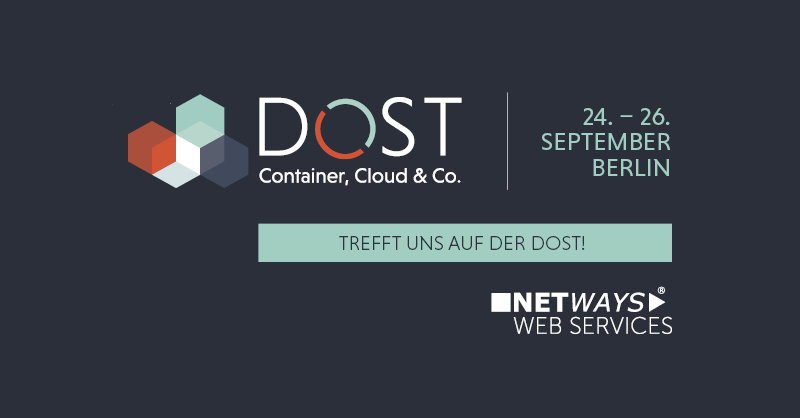Die DOST hat sich nachhaltig als anerkannte Fachkonferenz rund um den Betrieb modularer Cloud-Plattformen etabliert. Da dürfen unsere Kollegen von NETWAYS Web Services natürlich nicht fehlen! Wir werden als Konferenzteilnehmer vor Ort vertreten sein, aber auch als Sponsor mit einem Stand in der Sponsorenausstellung. Egal ob nach oder vor einem Vortrag oder an unserem Stand – sprecht uns an!
Wir freuen uns auf interessante Gespräche zu Cloud und Co.!
Erzählt uns von euren Systemen und Lösungen und erfahrt von uns alles, was es zur NETWAYS Cloud auf OpenStack-Basis zu wissen gibt!
Das Programm, Tickets und alles weitere zur DOST: https://openstack-tage.de/
Alles zur NETWAYS Cloud: https://nws.netways.de/de/cloud/




















